Have you ever wondered what it takes to start a business selling vintage decor online? Do you have more Blenko and Bitossi pieces than you can house yourself and felt the nudge to start listing pieces on Etsy but don’t know where to start?
Whether you’re interested in starting your own business or are just curious what goes on behind the scenes of a home decor online shopping site, we have the scoop from vintage seller Christina Gerstner of @thewhitepeppervintage about everything involved with selling vintage decor online.
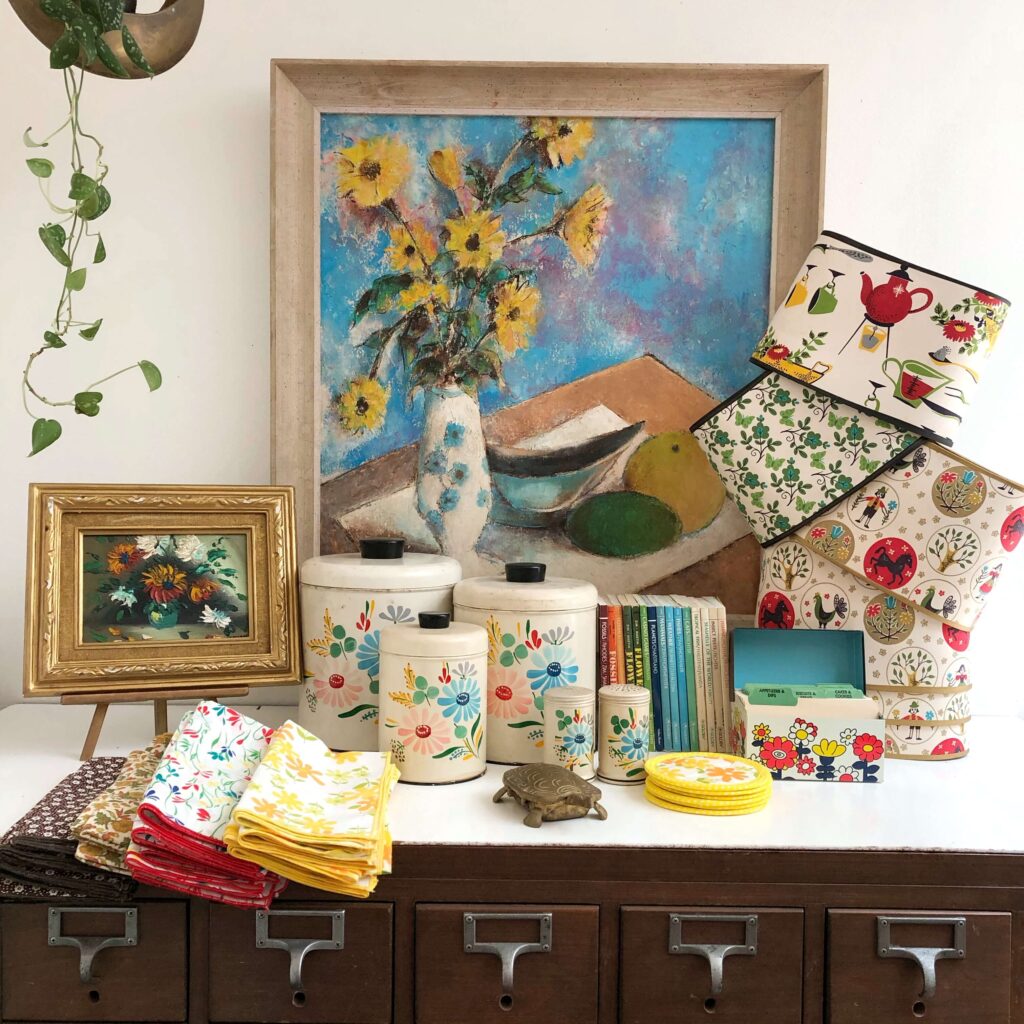
When and how did you start your business?
Christina: I started selling vintage decor in 2011, one year after my son was born. I thought for sure that I would eventually go back to my career as a Montessori teacher once he started school, but I ended up turning my favorite hobby into a full-time profession. What began as a way to get rid of some excess vintage that I had lying around turned into the best job ever.
How long after you started your business did it take for you to see a profit?
Christina: It didn’t take long for me to get my first sale (maybe a few weeks), and then things just took off from there. Etsy was engaging and easy to use, and I’m very grateful for my beginnings on their platform.
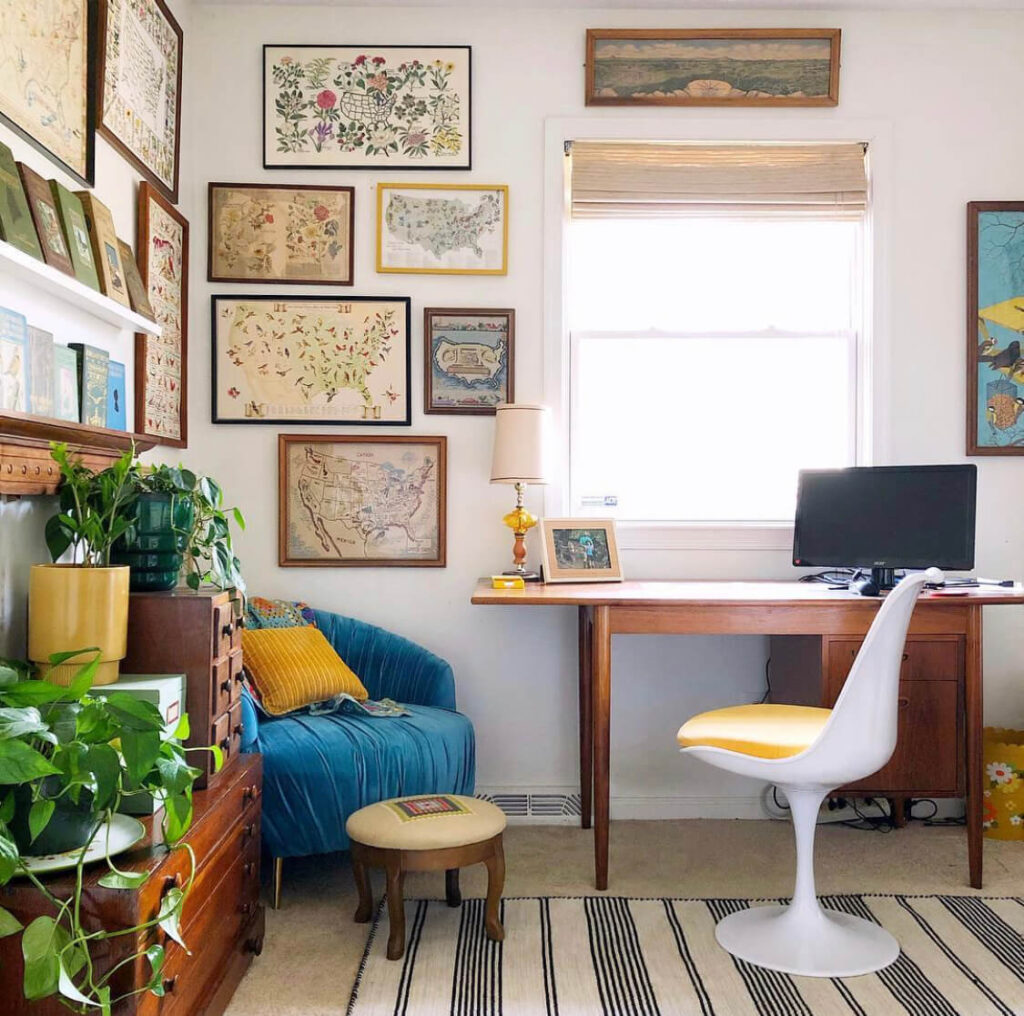
Why did you choose to sell on Instagram and Etsy as opposed to a store or flea market?
Christina: I actually tried to sell in a brick and mortar antique co-op, but for several reasons, it wasn’t a success. First off, my son was young at the time and dragging him away from home to fill and stage a booth in an antique mall wasn’t ideal. Plus, it became evident that my inventory wasn’t get nearly the amount of exposure there as it was online.
It was disappointing because I wanted to be able to offer large items, like rugs and furniture, in person so I wouldn’t have to store and ship them, but it all worked out in the end. I learned how to package furniture and made good use of the storage space in our home.
Also Read: 5 Places to Buy Vintage Malm Fireplaces
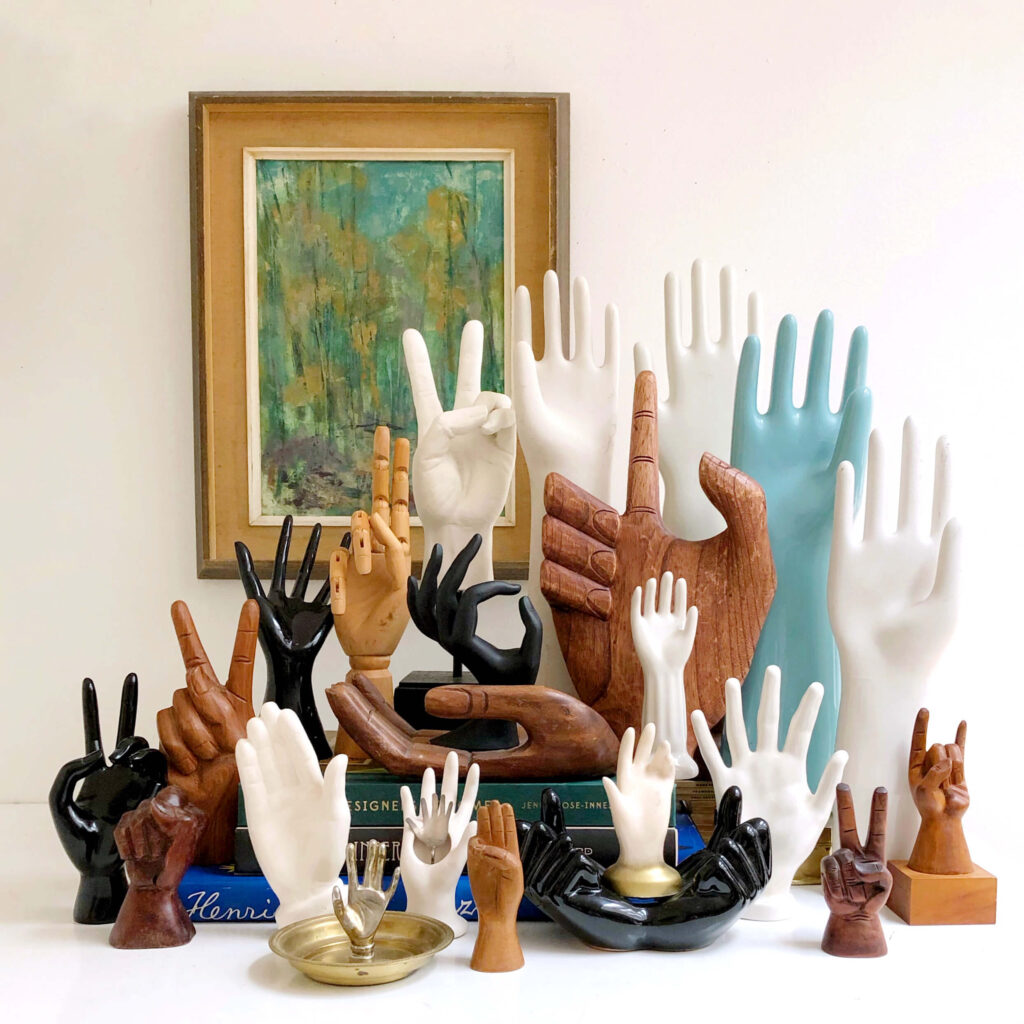
Can you break down your duties as a vintage seller?
Christina: There are three main areas: shopping, selling and packaging.
- Shopping. This of course, is the best and easiest part. I love, love, LOVE sourcing vintage. It’s my favorite pastime and also my greatest stress reliever. The fact that I’m helping old, forgotten items find new homes makes me feel like I’m doing good.
- Selling. This looks different depending on which platform I’m using. Instagram is quick and straightforward. I post an item or a group of items on my feed or in my stories and people either go for it or they don’t. If they don’t, I try again at another time or I list the item on Etsy. I have a large enough audience that my IG sales are pretty successful, and for that I’m grateful. Listing on Etsy is much more time consuming because I spend a lot more time on photographing and staging if I’m going to list it in my Etsy shop.
- Packaging. I spend a lot of time locally sourcing as much free and gently used packing material as possible, so that’s time on the road and then time spent organizing it all once I bring it home. Packing boxes is where the most time is spent. I don’t just wrap something in a sheet of paper and call it a day. Depending on the type of item, there’s paper, the Bubble Wrap, then plastic stretch wrap, more paper, and then maybe even some cardboard to protect fragile edges and corners. It’s a long, time-consuming process, but it’s worth it to avoid having something arrive damaged.
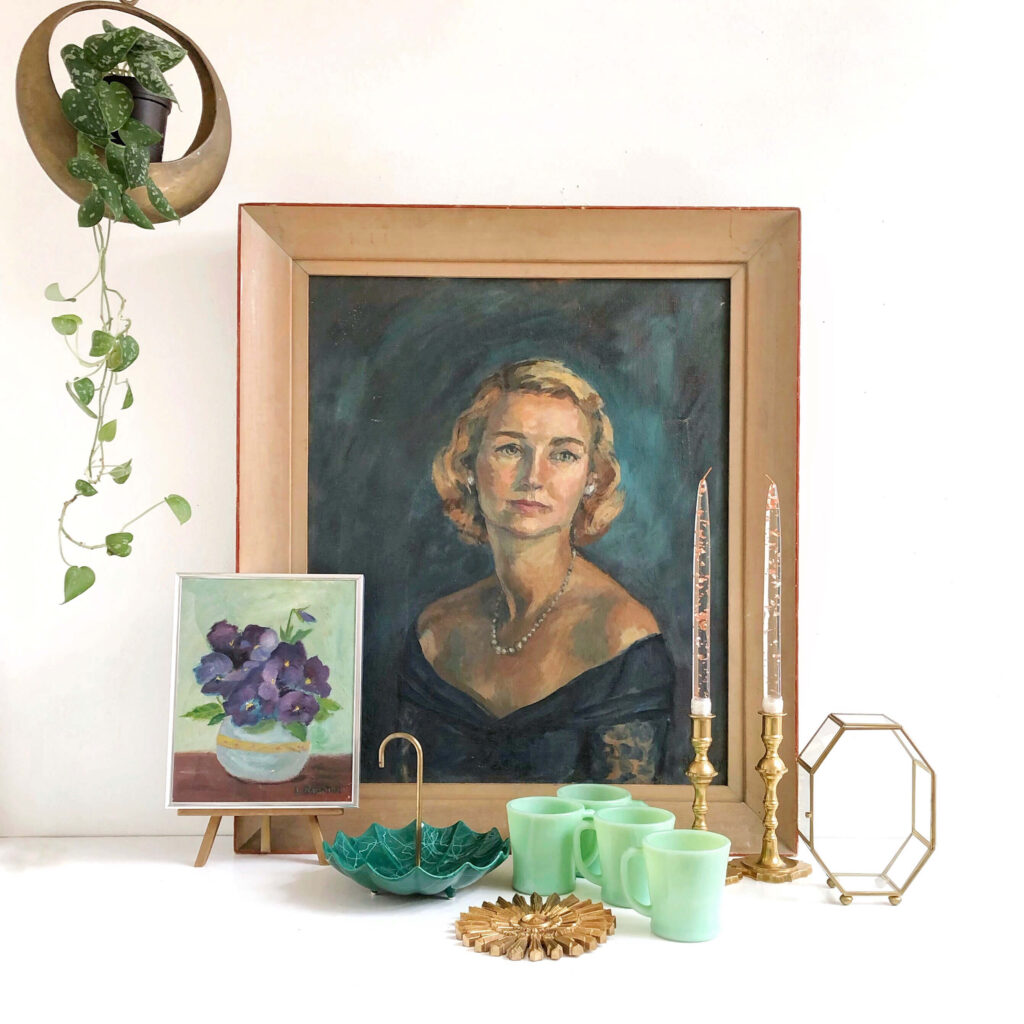
How many hours a week do you work?
Christina: My work load depends on how much I’ve sold and how behind I am on listing (I keep a pretty full inventory, so I guess I’m always behind on listing). But on average, I would say 35-45 hours. Of course, that doesn’t include the time spent on social media, which is significant but necessary. It’s just like any other job—you have to put the time in where it counts in order to succeed.
How do you decide which items you sell on Etsy vs. Instagram stories?
Christina: I always start by offering new inventory on Instagram. It’s less time consuming, and I enjoy it more. It’s nice to be able to sell things to my followers that I know they will appreciate. I have a running lists of requests that I’m always working on and when I find something, it’s ideal to sell directly to people I know rather than going through Etsy.
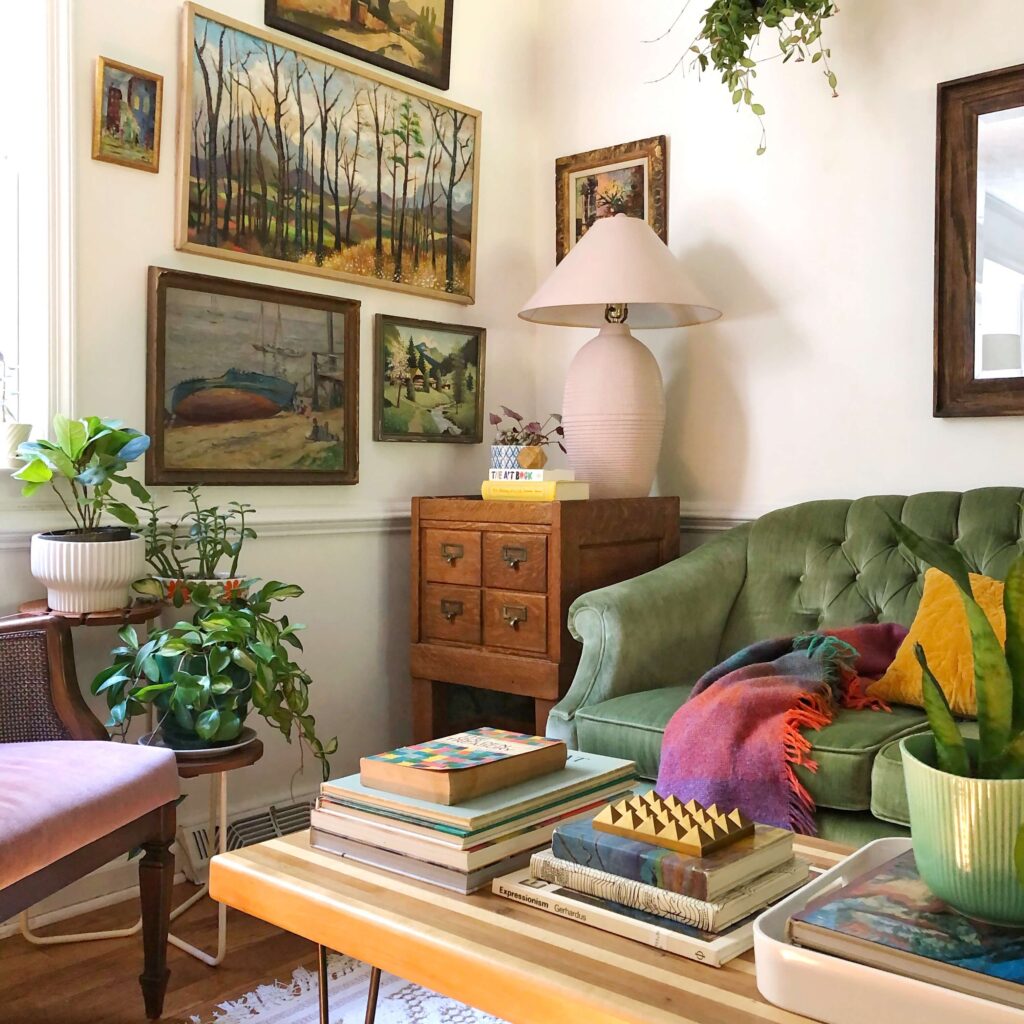
Where do you source your packing supplies?
Christina: ALL OVER, but I try to get as much as possible free and from local sources. Not a grocery shopping trip goes by that I don’t have at least half a cart full of free boxes. I source Styrofoam peanuts and packing paper from Facebook Marketplace (people who have recently moved often give them away for free or charge very little for them), and there are a few local businesses that save their supplies for me after they’ve unpacked their inventory.
Our local newspaper sells unused newsprint for very little, so I pick up several rolls of that a few times a year. I get free Priority Mail and Flat Rate boxes and envelopes shipped right to my door by the USPS.
Whatever I don’t get locally or for free, I buy online: packing paper from Sam’s Club, stretch wrap from Walmart, packing tape (which I go through a lot of) on eBay, poly bags from Amazon and, on the rare occasion, specialty boxes from UPS. I’ll soon be starting a series about packing and shipping in my Instagram stories for anyone who is interested.
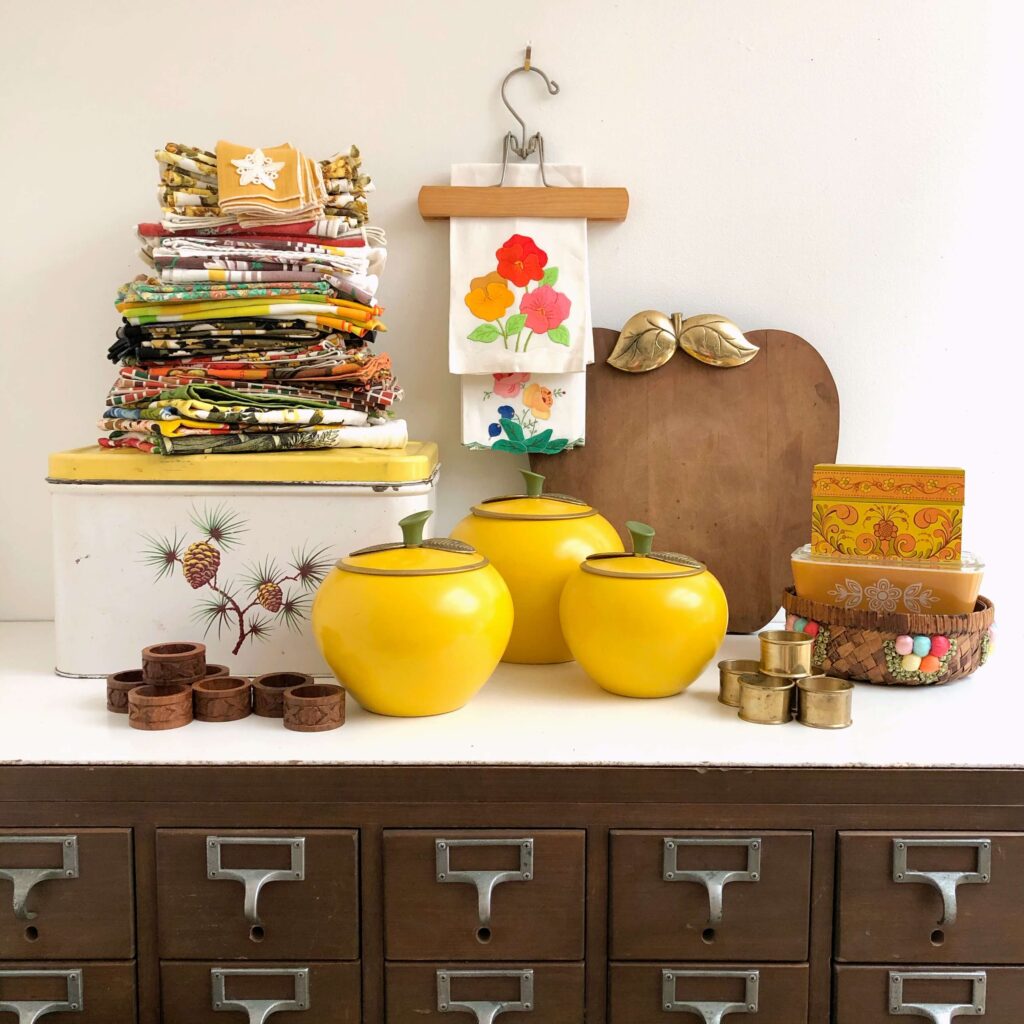
How do you decide how to price your items?
Christina: I don’t typically buy something to sell unless I can at least double or triple my money. It’s sometimes hard to leave behind items that I love because I won’t be able to make enough on them. But because I sell so much, an item has to be worth my time. I also look up current asking prices on other marketplaces and typically try to compete with those.
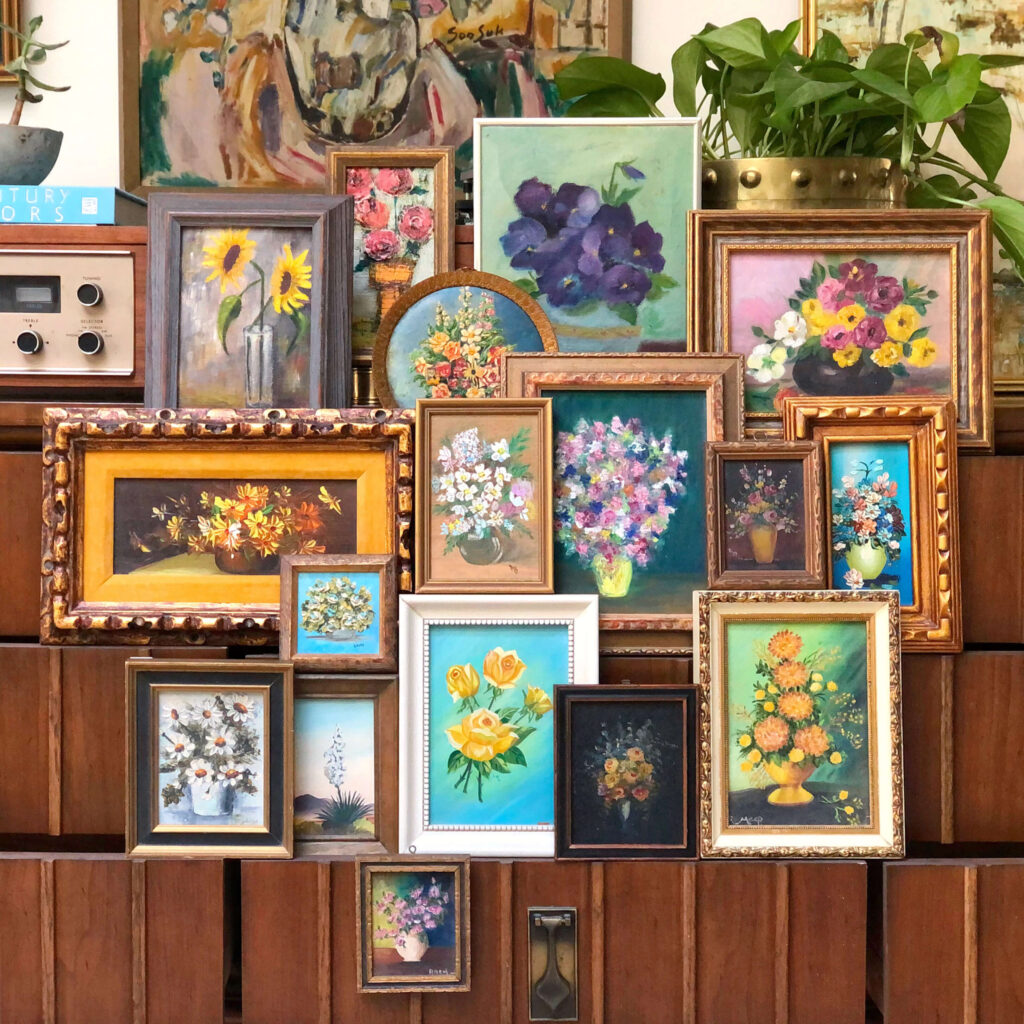
How do you decide what to purchase in order to sell?
Christina: Is it strange to say that I like to buy things that speak to me? Sometimes I see things, whether odd or ordinary, that I feel drawn to and have to have. When I get that feeling (and as long as the price is reasonable), I rarely hesitate.
I also try to buy things that I would be happy to have in my home. I find that I’m more enthusiastic about selling something that I love versus something that I’m not wild about.
Lastly, I never hesitate to buy things that I know there’s a market for, like brass candle holders or original art. Quick and easy sells are a no-brainer.
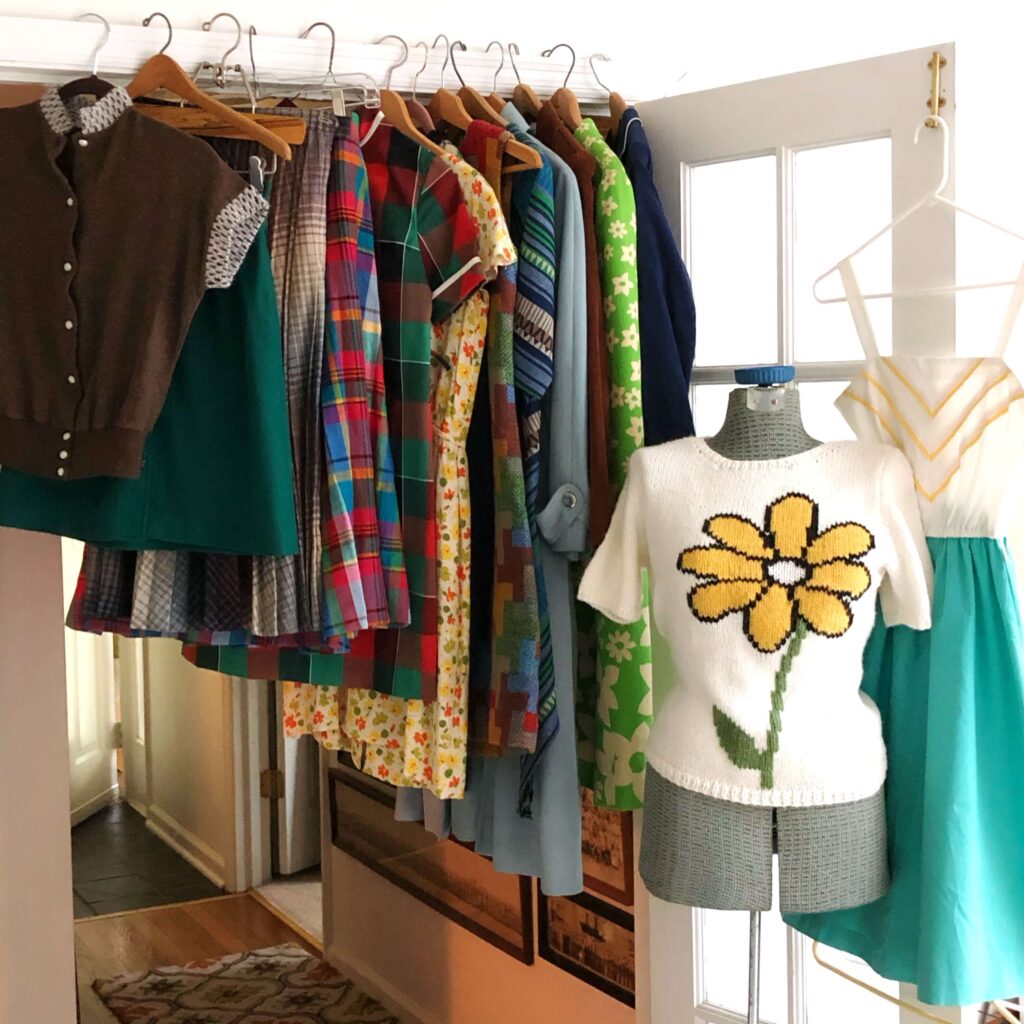
What advice do you have for someone who wants to start selling vintage decor?
Christina:
- Decide which kinds of items you want to sell and research Etsy or Paypal’s fees to determine whether or not it will be profitable for you.
- Work on creating a cohesive aesthetic that people will recognize; try to make it something memorable.
- Take high quality, uncluttered photos. This is especially important on a platform like Etsy. I shared some tips over on Etsy in 2019.
- Have a lot of items ready to sell. On Etsy, it’s typically the case that the more you list, the more you’ll sell. I used to keep my shop stocked with at least 400 items, but since I started selling regularly on Instagram, I just can’t keep up.
- Learn how to be found in a customer’s search and familiarize yourself with how Etsy’s SEO works.
- Work on creating a social media following. The more eyes on your products, the better. Also – don’t be afraid to be yourself on social media. I’m more and more convinced that your customers will want to see the real you.
- Familiarize yourself with how self-employment taxes work. Be prepared to track your purchases, expenses and mileage, and don’t slack. Once tax season comes around, you’ll be glad you stayed on top of it.
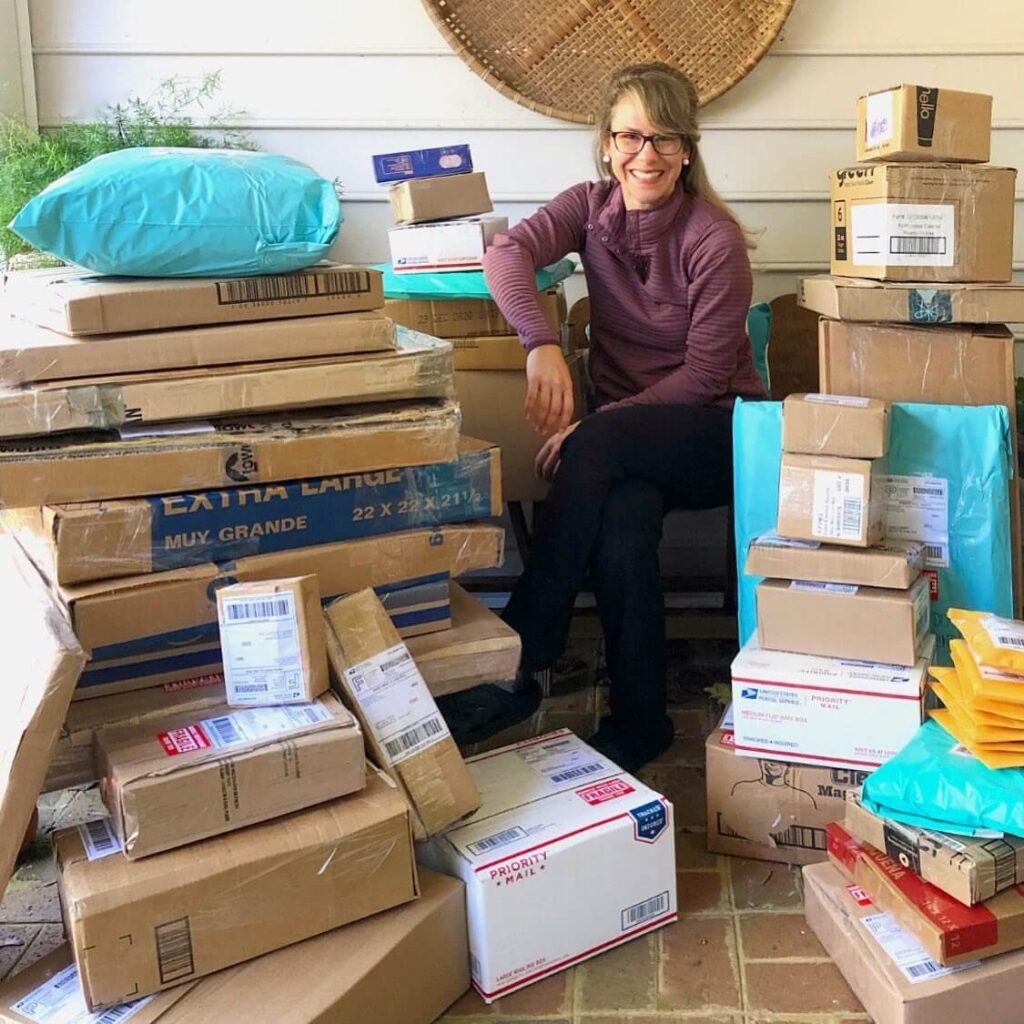
Visit Christina’s Etsy shop to see what vintage clothing and home decor treasures she has for sale!
Looking for vintage dealers in person? Here are our top five Mid Century Dealers in the Southwest.
And of course, don’t forget to follow us on Instagram, Facebook and Pinterest for more Atomic Ranch articles and ideas!

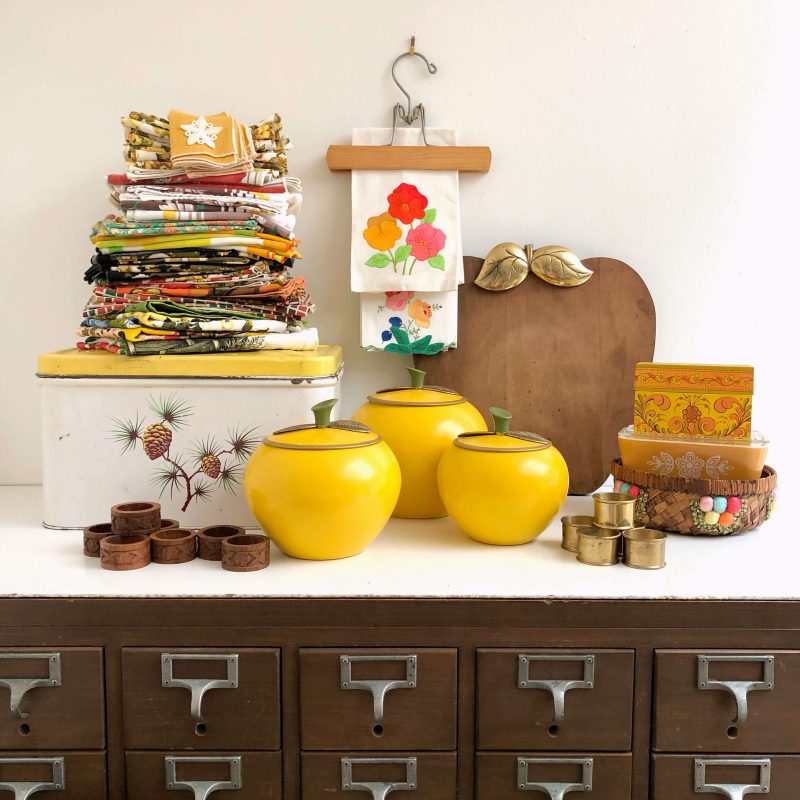











1 comment